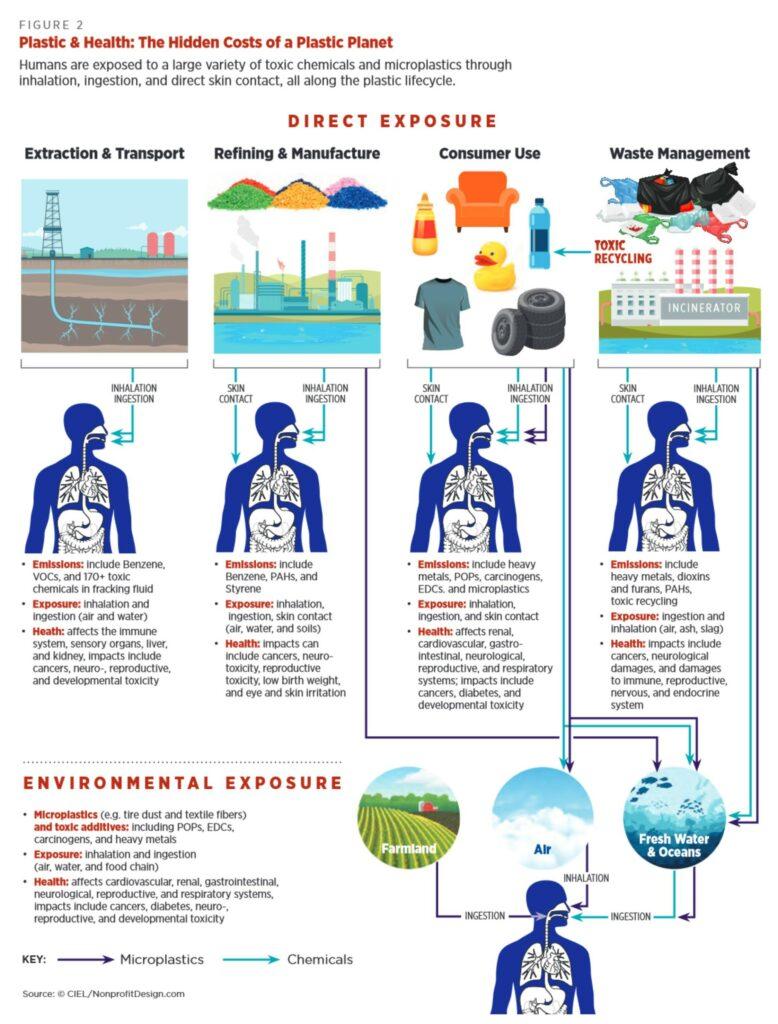In the bustling corridors of modern life, plastic is omnipresent—a marvel of human innovation that wraps our food, clothes our gadgets, and even frames our perceptions of convenience. Yet, lurking beneath its glossy surface is a burgeoning concern that has captured the attention of scientists and health enthusiasts alike: the potential impact of plastic exposure on testosterone levels in men. As whispers of hormone disruption grow louder, this article embarks on a journey to unravel the complex relationship between the everyday plastics that surround us and the fundamental hormonal balances that define masculinity. Is there genuine cause for concern, or is it merely another tale woven into the fabric of contemporary health discourse? Join us as we delve into the science, sift through the evidence, and explore what this means for men navigating the plastic-laden landscapes of the 21st century.
Understanding Plastics Impact on Hormonal Health
In recent years, the conversation around plastics and their potential impact on hormonal health has gained significant attention. Of particular concern is the effect of certain chemicals found in plastics, such as bisphenol A (BPA) and phthalates, on testosterone levels in men. These chemicals, often referred to as endocrine disruptors, can mimic or interfere with the body’s hormones, potentially leading to a variety of health issues.
- Endocrine Disruption: Endocrine disruptors can bind to hormone receptors, leading to altered hormonal signals. This disruption can affect testosterone production and regulation.
- Environmental Exposure: Men encounter these chemicals in everyday items like plastic bottles, food packaging, and even some personal care products.
- Research Insights: Studies have indicated a possible link between high levels of these chemicals in the body and reduced testosterone levels, raising concerns about long-term health implications.
While more research is needed to fully understand the extent of these effects, awareness and proactive steps, such as reducing the use of plastic products and opting for safer alternatives, can be beneficial. It’s important for men to be informed about potential risks and consider lifestyle changes that could mitigate exposure.

The Science Behind Plastics and Testosterone Levels
The interplay between plastics and testosterone levels is a topic of increasing scrutiny among scientists. Phthalates and bisphenol A (BPA), common components in plastic production, are classified as endocrine disruptors. These chemicals can mimic or interfere with the body’s hormones, potentially impacting testosterone production. Research indicates that chronic exposure to these substances might lead to hormonal imbalances. Although the degree of impact varies, the implications are significant enough to warrant attention.
Here are some key factors to consider regarding plastic exposure and testosterone levels:
- Endocrine Disruption: Chemicals like BPA are known to disrupt the endocrine system, which plays a crucial role in hormone regulation.
- Potential Health Risks: Studies suggest a correlation between high plastic exposure and lower testosterone levels, although more research is needed to establish causality.
- Exposure Sources: Common sources include plastic bottles, food packaging, and even personal care products.
- Preventive Measures: Reducing the use of plastic products, opting for glass or stainless steel alternatives, and checking labels for phthalates and BPA can help minimize exposure.

Practical Steps to Minimize Plastic Exposure
Reducing plastic exposure can be a practical and impactful step towards maintaining hormonal health. Begin by evaluating your daily routine and identifying common sources of plastic. Consider swapping plastic water bottles for stainless steel or glass alternatives to avoid leaching chemicals. In the kitchen, replace plastic containers with ceramic or glass options for food storage, and opt for fresh produce over pre-packaged goods.
When shopping, carry a reusable tote and choose products with minimal plastic packaging. Opt for personal care products in metal or glass containers and explore natural alternatives for cleaning supplies. Pay attention to labels and look for BPA-free or phthalate-free options. These small yet significant changes can collectively reduce your plastic footprint and potentially safeguard your testosterone levels.

Balancing Lifestyle Choices for Optimal Hormone Health
In our modern world, everyday exposure to plastics has become nearly unavoidable. These materials, often laden with chemicals like phthalates and bisphenol A (BPA), have raised concerns regarding their potential impact on testosterone levels in men. Understanding how these substances interact with our bodies can help in making informed lifestyle choices.
Key considerations for maintaining hormonal balance in the face of plastic exposure include:
- Reducing Use of Plastic Containers: Opt for glass or stainless steel alternatives for food storage and beverages to minimize leaching of harmful chemicals.
- Choosing Fresh or Frozen Foods: Limit consumption of canned foods which often contain BPA in their linings.
- Being Mindful of Personal Care Products: Many toiletries contain phthalates, so selecting phthalate-free options can reduce exposure.
By incorporating these practices, men can take proactive steps to protect their testosterone levels and support overall hormone health.








